Texas A&M findings could lead to improved breeding conditions

It is well known that in man, as well as other mammals, the temperature of the scrotal sac is normally maintained a few degrees below mean body temperature. This phenomenon maintains the integrity of sperm, for sustained elevated temperature in testes reduces sperm count and increases the percentage of abnormal sperm.
Interestingly, a study recently conducted at the Texas Agricultural Experiment Station, Shrimp Mariculture Project of the Texas A&M University System in Port Aransas, Texas, USA showed that temperature also affects the sperm quality of Pacific white shrimp (Litopenaeus vannamei), the most commercially important shrimp species in the Americas.
Experimental setup
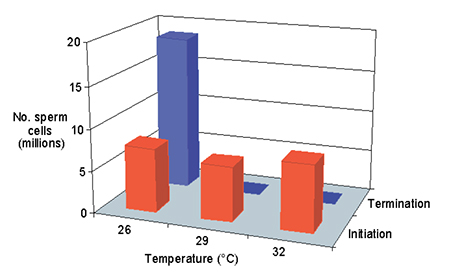
Groups of male broodstock with a mean weight of 47.9 grams were exposed to water temperatures of 26, 29 and 32 degrees-C for 42 days. The experiment was conducted under controlled laboratory conditions, meeting high standards for water quality. The sperm quality of the shrimp, as determined by sperm count and percentage of abnormal sperm, was evaluated at initiation and termination of the experiment.
Results
Animals held at 26 degrees-C showed a more than twofold increase in sperm counts with respect to the initial value, while the sperm quality of shrimp kept at the higher temperatures was deeply affected, rendering the animals sterile. Sperm collected from these organisms consisted mainly of pieces of disrupted sperm cells, resulting in dramatically decreased sperm counts (Fig. 1).
As a result of the extensive deterioration of sperm, the percentages of abnormal sperm increased to very high values for these organisms. In fact, all or almost all sperm were abnormal. In contrast, the percentage of abnormal sperm from shrimp maintained at 26 degrees-C remained almost constant (Fig. 2).
Conclusion
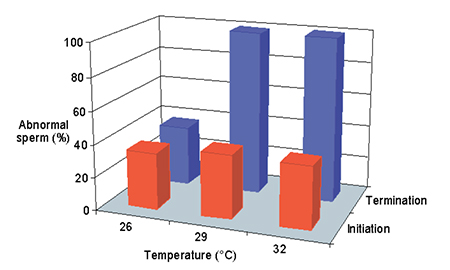
The marked sensitivity to deterioration of sperm quality at high water temperature by L. vannamei shown in this study can contribute to an improvement of breeding conditions for this species. Also, the results have direct relevance for rearing sub-adult male shrimp for reproduction purposes, especially for maintenance of male-only populations.
The temperature-sensitive nature of sperm has been reported for other shrimp species like L. setiferus and L. stylirostris, as well as a number of mammals. Perhaps the specific mechanisms for heat-induced deterioration of male fertility in these varied animals are similar. This is an area that deserves further research.
(Editor’s Note: This article was originally published in the December 2002 print edition of the Global Aquaculture Advocate.)
Now that you've reached the end of the article ...
… please consider supporting GSA’s mission to advance responsible seafood practices through education, advocacy and third-party assurances. The Advocate aims to document the evolution of responsible seafood practices and share the expansive knowledge of our vast network of contributors.
By becoming a Global Seafood Alliance member, you’re ensuring that all of the pre-competitive work we do through member benefits, resources and events can continue. Individual membership costs just $50 a year.
Not a GSA member? Join us.
Authors
-
Martin Perez-Velazquez, Ph.D.
Departmento de Investigaciones Científicas y Tecnológicas
Universidad de Sonora
Rosales y Niños Héroes s/n
A.P. 1819 C. P. 83000
Hermosillo, Sonora, México[120,109,46,110,111,115,117,46,109,111,101,114,114,111,99,64,118,122,101,114,101,112,109]
-
Mayra Lizett González-Félix, Ph.D.
Departmento de Investigaciones Científicas y Tecnológicas
Universidad de Sonora
Rosales y Niños Héroes s/n
A.P. 1819 C. P. 83000
Hermosillo, Sonora, México -
Addison L. Lawrence, Ph.D.
Texas A&M University System
Shrimp Mariculture Project
Port Aransas, Texas, USA
Related Posts
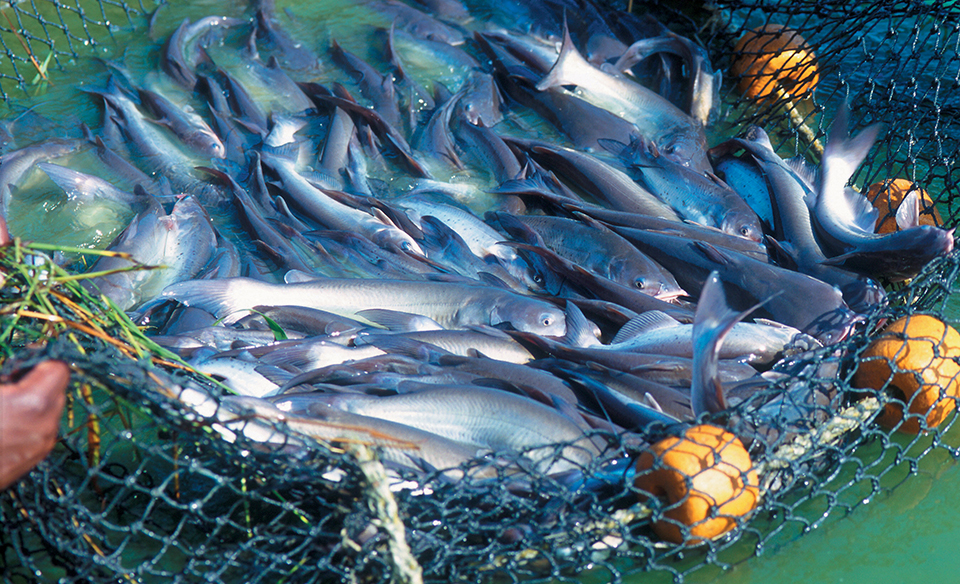
Health & Welfare
Catfish genetics and breeding
Although research on catfish genetics began in the 1960s, applications of genetic improvement in aquaculture have lagged behind other animal industries.
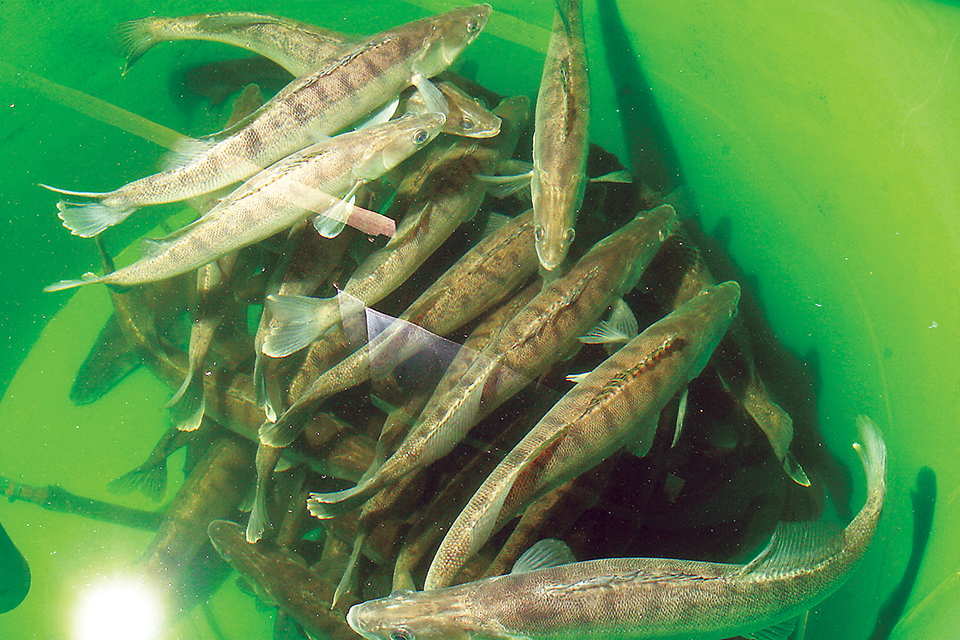
Health & Welfare
Out-of-season spawning for pike perch
The authors induced out-of-season spawning in pike perch reared under natural and artificial temperature and illumination regimes.
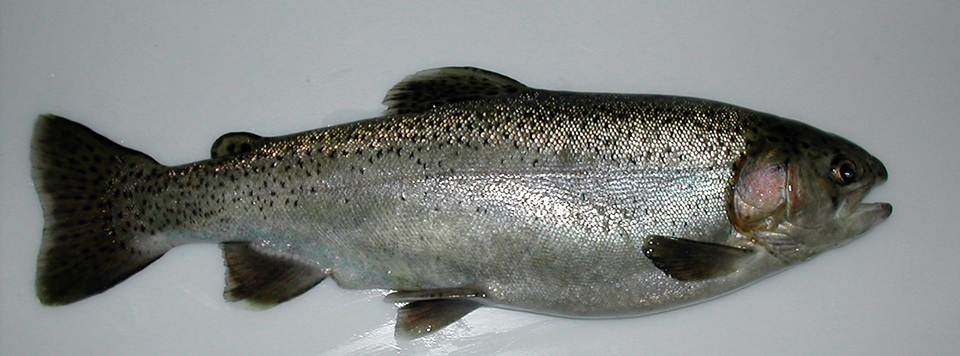
Health & Welfare
Development of tetraploid rainbow trout may yield improved triploid production
The culture of sterile triploid rainbow trout, which carry three sets of chromosomes, can limit losses to sexual maturation and reduce potential problems regarding interactions of escaped fish with natural stocks. The authors’ research holds promise for creating tetraploid rainbow trout strains that can be crossed with diploid trout to yield triploids for aquaculture production.

Health & Welfare
Sex-reversal technology in sustainable aquaculture
Sex-reversal in cultured fish can be easily controlled – females grow more than males and mature later – because the process of gonadal differentiation is very labile.


